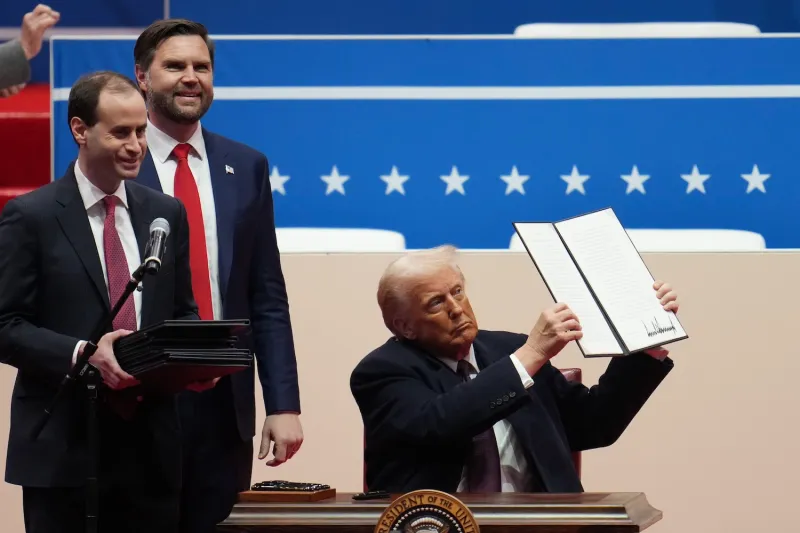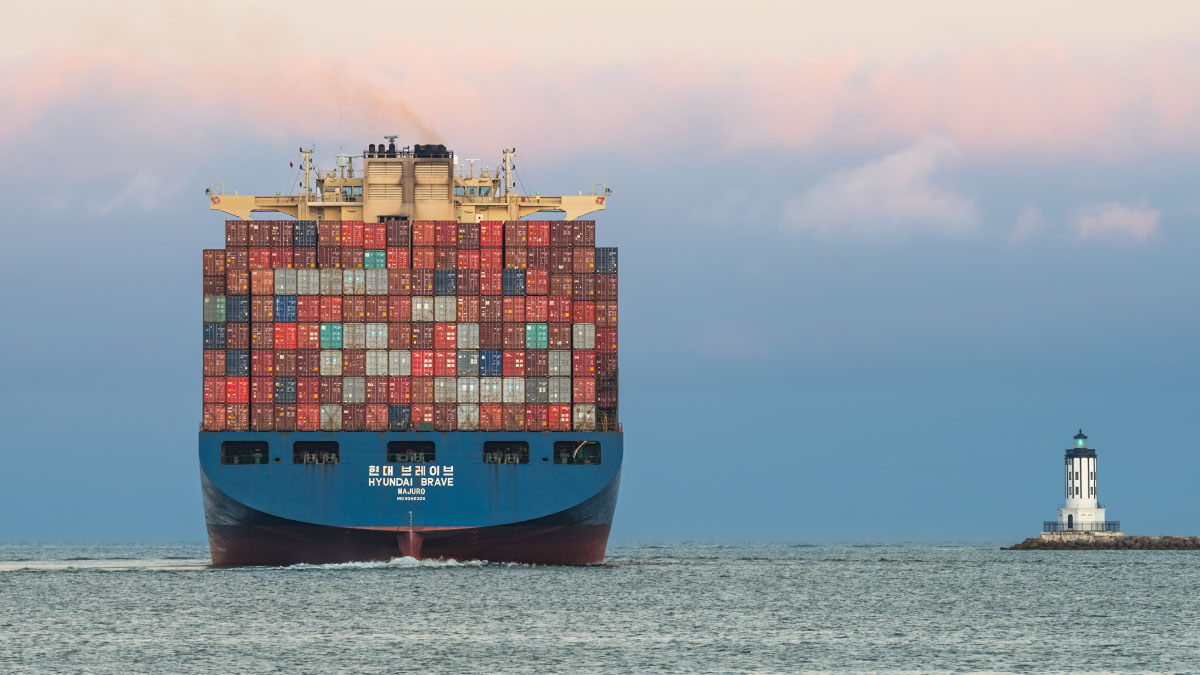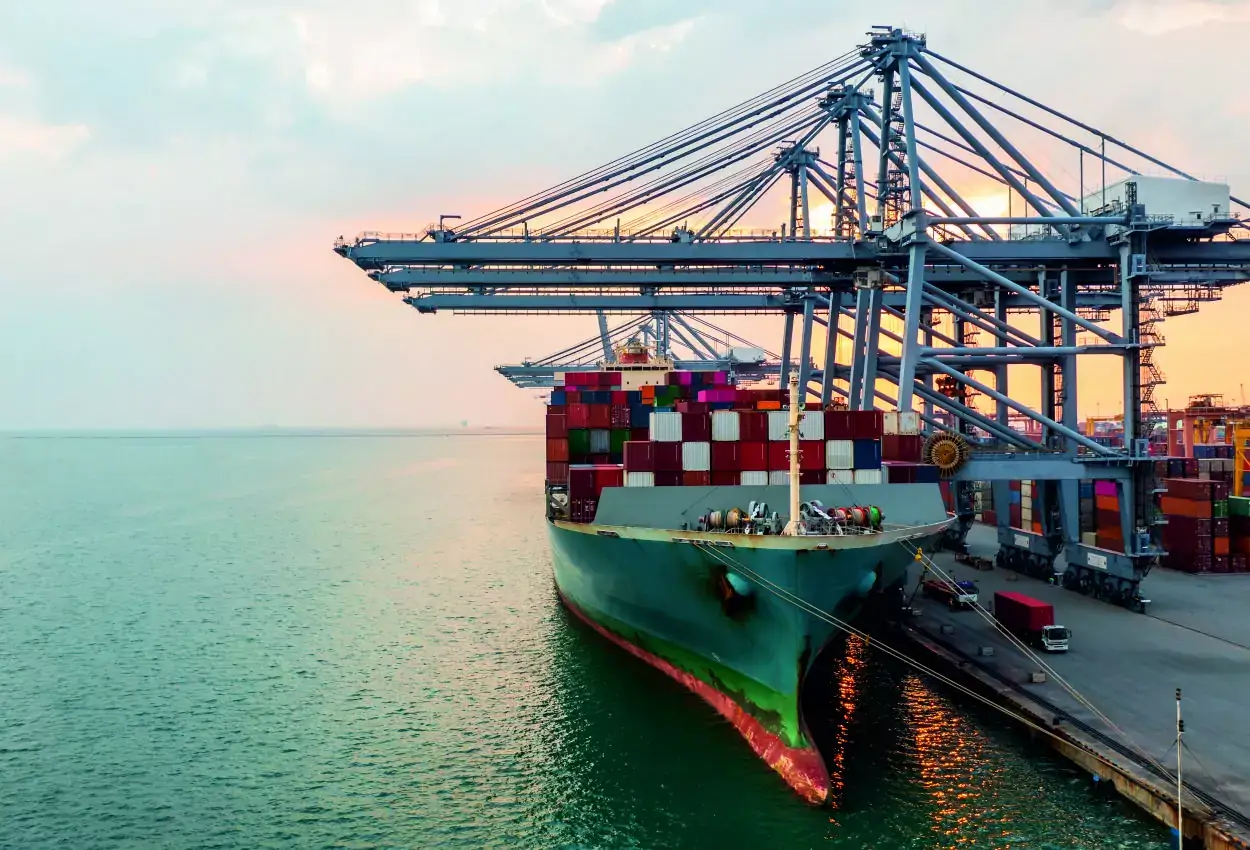The White House recently announced that a major trade agreement between the United States and India is on the verge of being finalized, marking a significant milestone in the strategic partnership between these two global powers. With negotiations intensifying and a July 9, 2025, deadline looming, this deal could reshape bilateral trade, boost economic ties, and strengthen geopolitical alignment in the Indo-Pacific region. In this article, we’ll dive deep into what this trade agreement entails, its potential impact, and why it matters to businesses, consumers, and policymakers on both sides of the globe.
A New Chapter in US-India Relations
The announcement from the White House underscores the growing economic and strategic alliance between the US and India. White House Press Secretary Karoline Leavitt emphasized the strong relationship between President Donald Trump and Indian Prime Minister Narendra Modi, noting that the trade deal is “very close” to completion. This development comes at a critical time, as both nations navigate complex global trade dynamics and geopolitical tensions, particularly in the Indo-Pacific region.
Why This Trade Deal Matters
The US-India trade agreement is poised to be a game-changer, with a long-term goal of doubling bilateral trade to $500 billion by 2030. With current trade already at $131.84 billion in the fiscal year 2024–25, this deal could unlock new opportunities for businesses and consumers while addressing longstanding trade disputes.
The Role of Leadership in Negotiations
The personal rapport between Trump and Modi has been a driving force behind these talks. Their shared vision for a stronger economic partnership has kept negotiators at the table, even as complex issues like tariffs and market access remain unresolved. This leadership-driven approach adds a layer of optimism to the negotiations, with both sides eager to avoid looming tariffs.
The Context: Why Now?
The urgency of this trade deal stems from President Trump’s aggressive tariff policies, which include a 26% reciprocal tariff set to hit Indian exports on July 9, 2025, unless an interim agreement is reached. The US has also imposed additional duties on Indian steel, aluminum, and auto parts, creating pressure to finalize a deal that benefits both sides. India, in turn, is pushing for tariff reductions and greater market access for its labor-intensive industries.
Trump’s Tariff Strategy
Trump’s tariff regime, announced on April 2, 2025, dubbed “Liberation Day,” introduced reciprocal tariffs as high as 50% on over 50 countries, including India. A 90-day pause was granted on April 9, giving negotiators a window to strike deals and avoid economic fallout. This pause has heightened the stakes for the US-India talks, with both sides racing against the clock.
India’s Strategic Position
India’s role as a key player in the Indo-Pacific makes this deal more than just an economic agreement. The White House has repeatedly called India a “very strategic ally,” signaling that this trade pact is part of a broader effort to counter China’s influence in the region. The QUAD alliance (US, India, Japan, Australia) further underscores India’s geopolitical importance.
Key Elements of the Trade Agreement
The US-India trade deal is being structured in two phases: an interim agreement to address immediate tariff concerns and a comprehensive free trade agreement (FTA) targeted for completion by December 2025. Here’s a breakdown of what’s on the table:
- US Demands:
- Greater access to India’s agriculture and dairy markets.
- Approval for genetically modified (GM) crops like corn and soybeans.
- Tariff reductions on US products such as almonds, apples, and wine.
- Expanded market access for US electric vehicles (EVs) and auto parts.
- Opportunities for US digital and service companies.
- India’s Demands:
- Elimination of US tariffs on steel (50%), aluminum (50%), and auto parts (25%).
- Better market access for labor-intensive sectors like textiles, jewelry, and pharmaceuticals.
- Safeguards for Indian farmers, including protection for the Minimum Support Price (MSP) system.
- Reduced tariffs on Indian exports like shrimp, grapes, and bananas.
Challenges and Roadblocks
Negotiations have hit several sticking points. India’s reluctance to open its dairy and agriculture sectors, particularly to GM crops, reflects deep cultural and economic concerns. Meanwhile, the US insistence on reciprocal trade terms has created friction, as India seeks to protect its domestic industries while gaining access to US markets.
Genetically Modified Crops
India’s strict stance on GM crops is rooted in concerns over food security and farmer livelihoods. The US push for market access for GM corn and soybeans has been a major hurdle, as India prohibits domestic cultivation of GM food crops.
Tariff Disputes
The US imposition of high tariffs on Indian steel, aluminum, and auto parts has prompted India to seek relief. In return, India has offered to lower tariffs on select US goods, but disagreements over specific products, like dairy and auto parts, persist.
Economic Impacts: What’s at Stake?
The US-India trade agreement could have far-reaching implications for both economies. Let’s explore the potential benefits and challenges for each side.
For the United States
The US stands to gain greater access to India’s massive consumer market, particularly in agriculture, dairy, and digital services. However, the deal requires Congressional approval for tariff reductions, which could delay implementation. Here’s a quick look at the pros and cons:
- Pros:
- Expanded market access for US agricultural products like almonds and apples.
- Opportunities for US tech and service companies in India’s growing digital economy.
- Strengthened strategic ties with a key Indo-Pacific ally.
- Cons:
For India
India aims to boost its labor-intensive exports and avoid crippling US tariffs. The deal could also enhance India’s position as a global manufacturing hub. Here’s a breakdown:
- Pros:
- Reduced US tariffs on key exports like textiles, jewelry, and pharmaceuticals.
- Strengthened economic ties with the US, India’s largest trading partner.
- Potential to attract more US investment in manufacturing and services.
- Cons:
Comparison: US vs. India Priorities
| Aspect | US Priorities | India Priorities |
|---|---|---|
| Market Access | Agriculture, dairy, digital services | Textiles, jewelry, pharmaceuticals |
| Tariff Reductions | Lower Indian tariffs on US goods | Eliminate US tariffs on steel, aluminum, autos |
| Key Concerns | Congressional approval, GM crop access | Farmer protections, MSP system |
| Long-Term Goal | Strengthen Indo-Pacific alliances | Boost exports, attract investment |
This table highlights the differing priorities, showing why negotiations have been complex but also why both sides are motivated to reach a deal.
Geopolitical Implications
Beyond economics, the US-India trade agreement is a strategic move to counter China’s growing influence in the Indo-Pacific. The White House’s emphasis on India as a “strategic ally” aligns with the QUAD’s mission to promote a free and open Indo-Pacific. However, India’s continued purchase of Russian oil has drawn criticism from US trade advisor Peter Navarro, who warned of 50% punitive tariffs if India doesn’t align more closely with US interests.
Balancing Alliances
India’s strategic autonomy allows it to maintain ties with both the US and Russia, but this balancing act is under scrutiny. The trade deal could solidify India’s alignment with the US, especially as China voices support for India against US tariffs, complicating the geopolitical landscape.
The QUAD Connection
The timing of the trade talks coincides with External Affairs Minister S. Jaishankar’s visit to the US for the QUAD Foreign Ministers’ Meeting. President Trump’s acceptance of PM Modi’s invitation to attend the upcoming QUAD Summit in New Delhi further ties the trade deal to broader diplomatic efforts.
People Also Ask (PAA)
Below are real questions from Google’s “People Also Ask” section, answered to provide value and address search intent.
What is the US-India trade agreement?
The US-India trade agreement is a bilateral deal aimed at reducing tariffs, expanding market access, and boosting trade to $500 billion by 2030. It includes an interim agreement to address immediate tariff concerns and a planned comprehensive free trade agreement (FTA) by December 2025.
Why is the US imposing tariffs on India?
The US imposed reciprocal tariffs on India and other countries to address trade imbalances and boost domestic manufacturing. These include a 26% tariff on Indian exports (10% base plus 16% additional) and higher duties on steel (50%), aluminum (50%), and auto parts (25%). The trade deal aims to mitigate these tariffs.
How will the trade deal benefit Indian businesses?
Indian businesses could gain better access to the US market for labor-intensive exports like textiles, jewelry, and pharmaceuticals. Reduced tariffs would lower costs, making Indian goods more competitive. The deal could also attract US investment, boosting India’s manufacturing sector.
When will the US-India trade deal be finalized?
The interim deal is targeted for completion by July 9, 2025, to avoid new US tariffs. A comprehensive FTA is expected by December 2025, though Congressional approval and remaining sticking points could cause delays.
Real-World Implications: A Story of Opportunity
Imagine Priya, a small-business owner in Mumbai who exports handmade textiles to the US. Right now, she faces steep tariffs that cut into her profits, making it hard to compete with larger firms. If the US-India trade deal goes through, reduced tariffs could lower her costs, allowing her to expand her business and hire more artisans. On the flip side, American farmers like John in California could see new opportunities to sell almonds and apples in India’s growing market, but only if India agrees to lower its barriers. These personal stories highlight the real-world stakes of the trade agreement, making it more than just a policy discussion—it’s about people’s livelihoods.
Tools and Resources for Staying Informed
For businesses and consumers looking to stay updated on the US-India trade deal, here are some trusted resources:
- Official Government Websites: Check whitehouse.gov for US updates and commerce.gov.in for India’s perspective.
- Trade News Platforms: Websites like moneycontrol.com and financialexpress.com provide detailed coverage.
- Industry Reports: Organizations like the US-India Strategic Partnership Forum offer insights into trade dynamics.
Best Tools for Tracking Trade Developments
- Bloomberg Terminal: Ideal for real-time market and trade data (subscription-based).
- Google Alerts: Set up alerts for “US-India trade deal” to get instant updates.
- X Platform: Follow accounts like @WhiteHouse and @sidhant for breaking news.
FAQ Section
What are the main goals of the US-India trade agreement?
The agreement aims to reduce tariffs, expand market access, and double bilateral trade to $500 billion by 2030. It seeks to resolve disputes over agriculture, dairy, and industrial goods while strengthening strategic ties.
How will the trade deal affect US consumers?
US consumers could benefit from lower prices on Indian goods like textiles and pharmaceuticals if tariffs are reduced. However, increased imports could face resistance from domestic industries, potentially affecting local prices.
What are the risks if the deal isn’t finalized by July 9, 2025?
If the interim deal isn’t reached, India could face a 26% tariff on exports, increasing costs for businesses and consumers. This could strain US-India relations and disrupt trade flows.
How does the QUAD alliance relate to this trade deal?
The QUAD (US, India, Japan, Australia) promotes a free Indo-Pacific, and the trade deal strengthens US-India ties within this framework. It aligns economic cooperation with geopolitical goals to counter China’s influence.
Can small businesses benefit from this trade agreement?
Yes, small businesses in both countries could see reduced tariffs and better market access, making it easier to export goods like textiles (India) or agricultural products (US). This could boost profitability and growth.
Looking Ahead: A Win-Win Opportunity?
As the July 9 deadline approaches, the US-India trade agreement represents a pivotal moment for both nations. For the US, it’s a chance to tap into India’s booming market and strengthen its Indo-Pacific strategy. For India, it’s an opportunity to boost exports, attract investment, and solidify its role as a global economic powerhouse. But the road ahead isn’t without bumps—cultural sensitivities, tariff disputes, and geopolitical pressures will test both sides’ resolve.
Picture this: a future where Priya’s textiles reach American stores at lower prices, and John’s almonds become a staple in Indian households. That’s the promise of this deal, but only if negotiators can bridge the gap. As White House Press Secretary Karoline Leavitt said, “You’ll hear from the President and his trade team very soon.” So, keep an eye on the news—this could be a defining moment for US-India relations.




